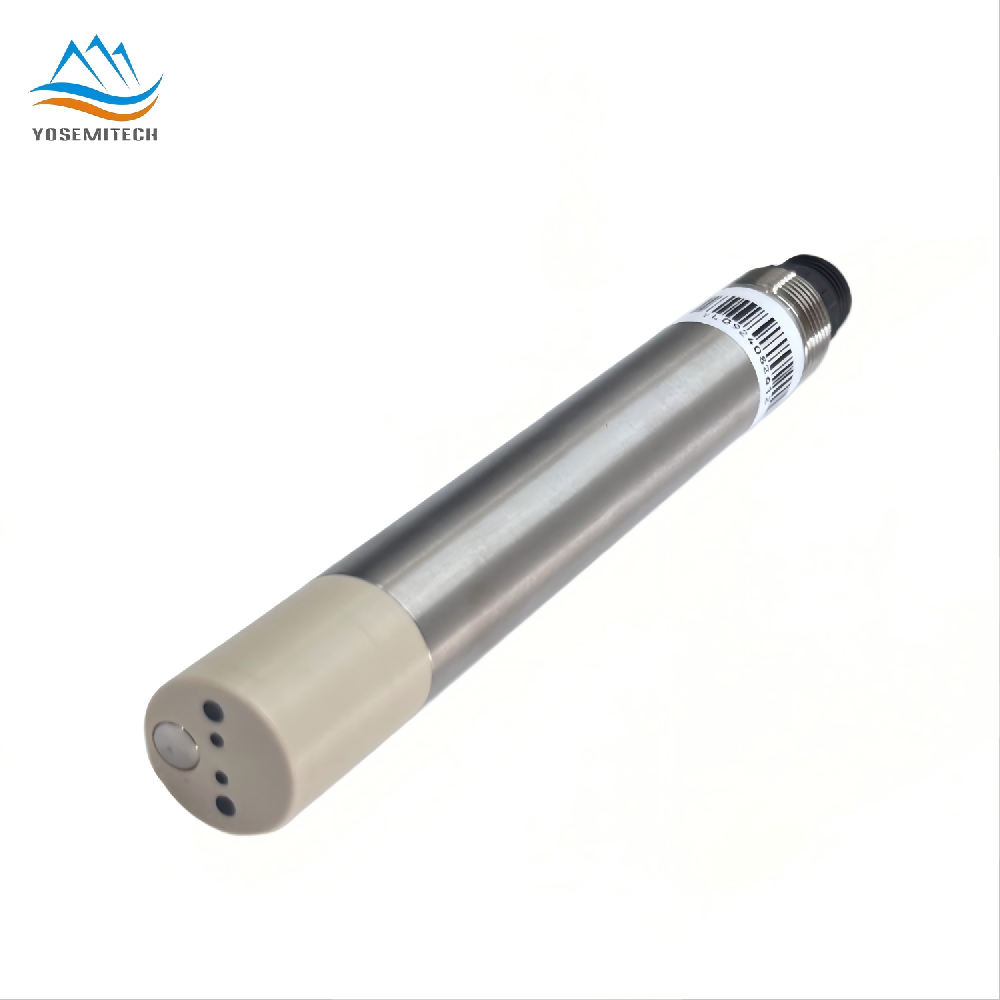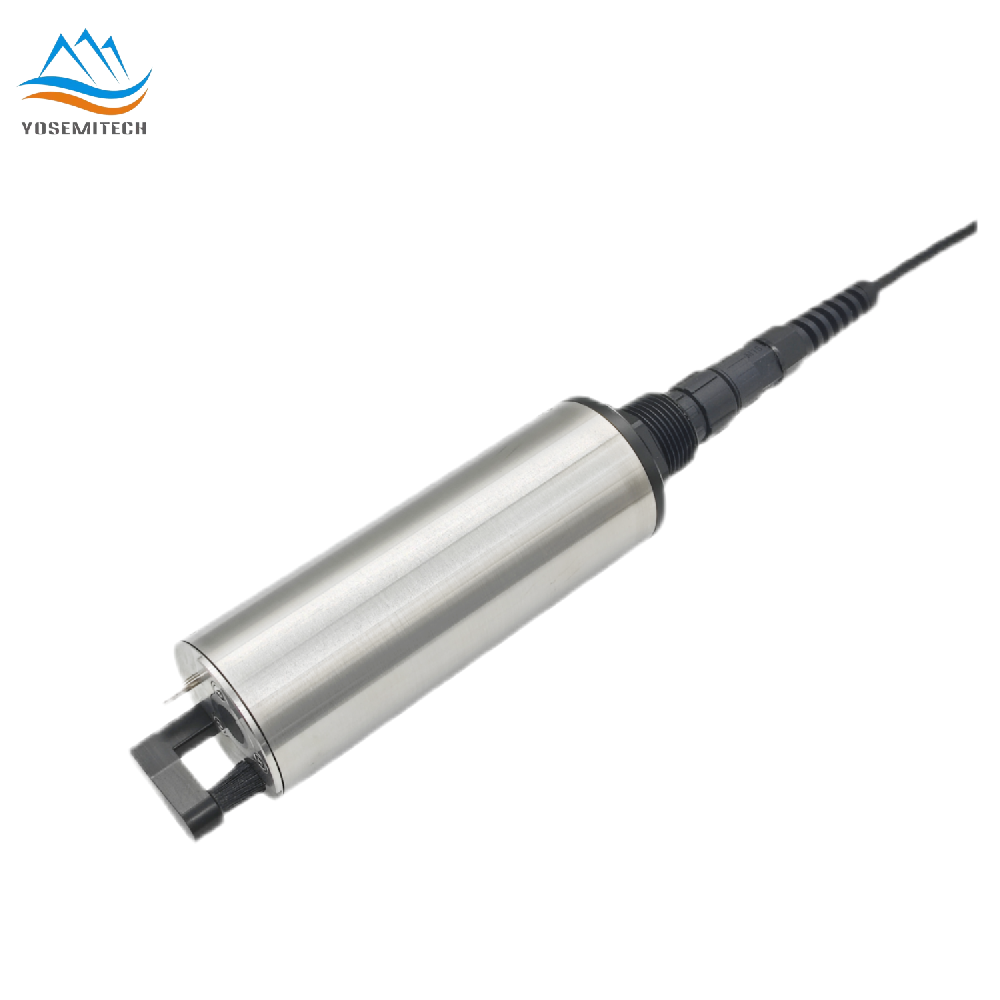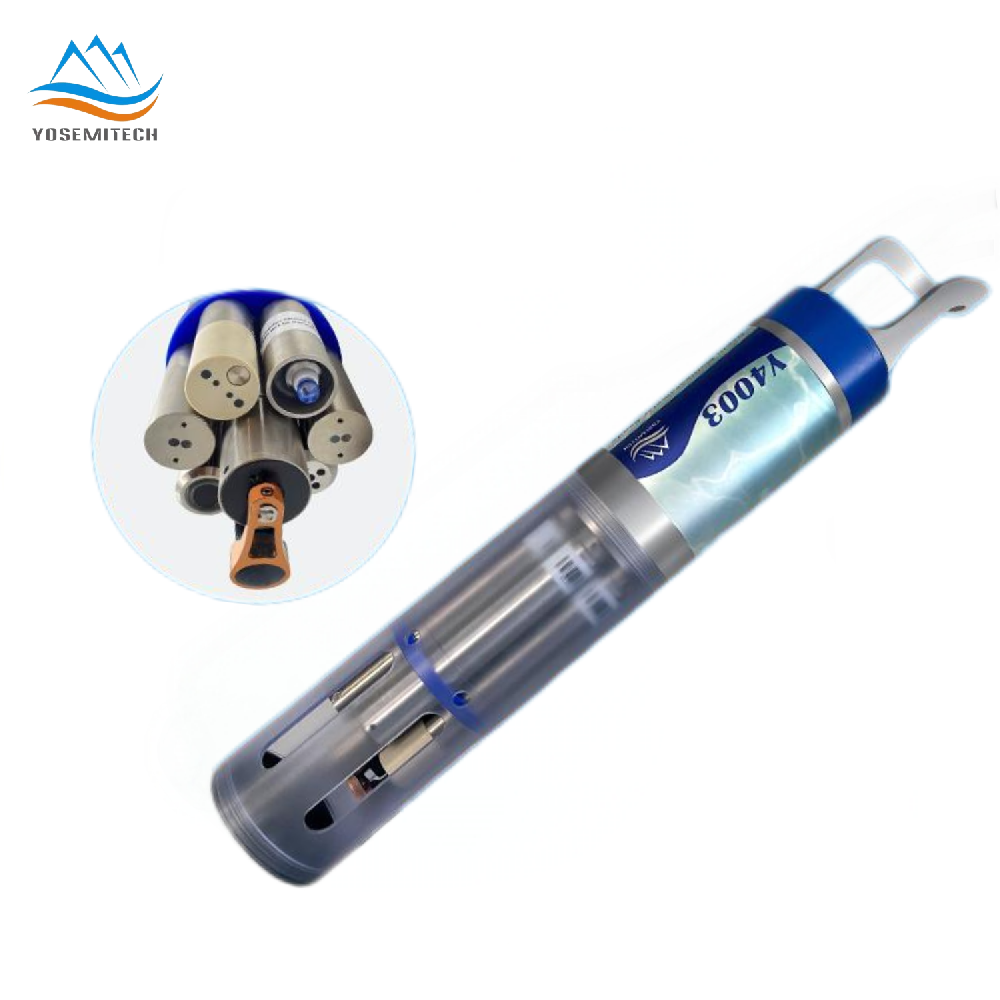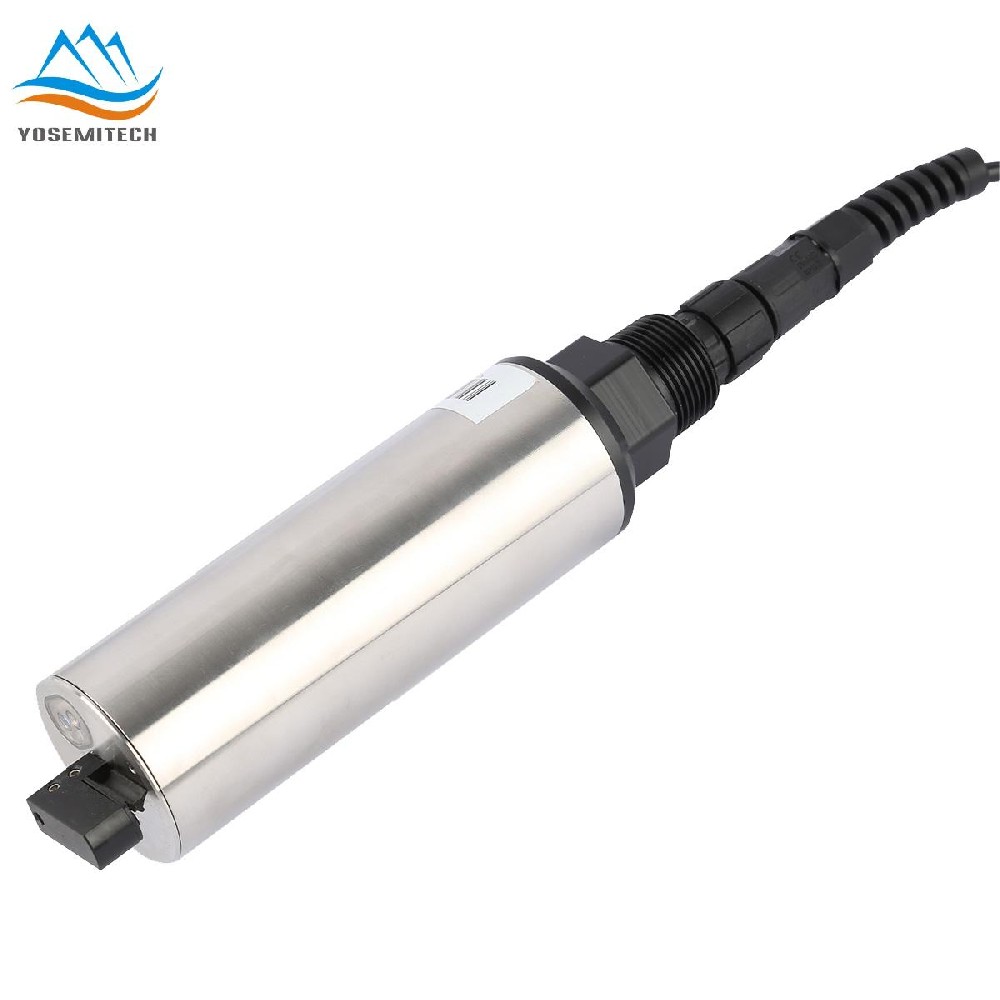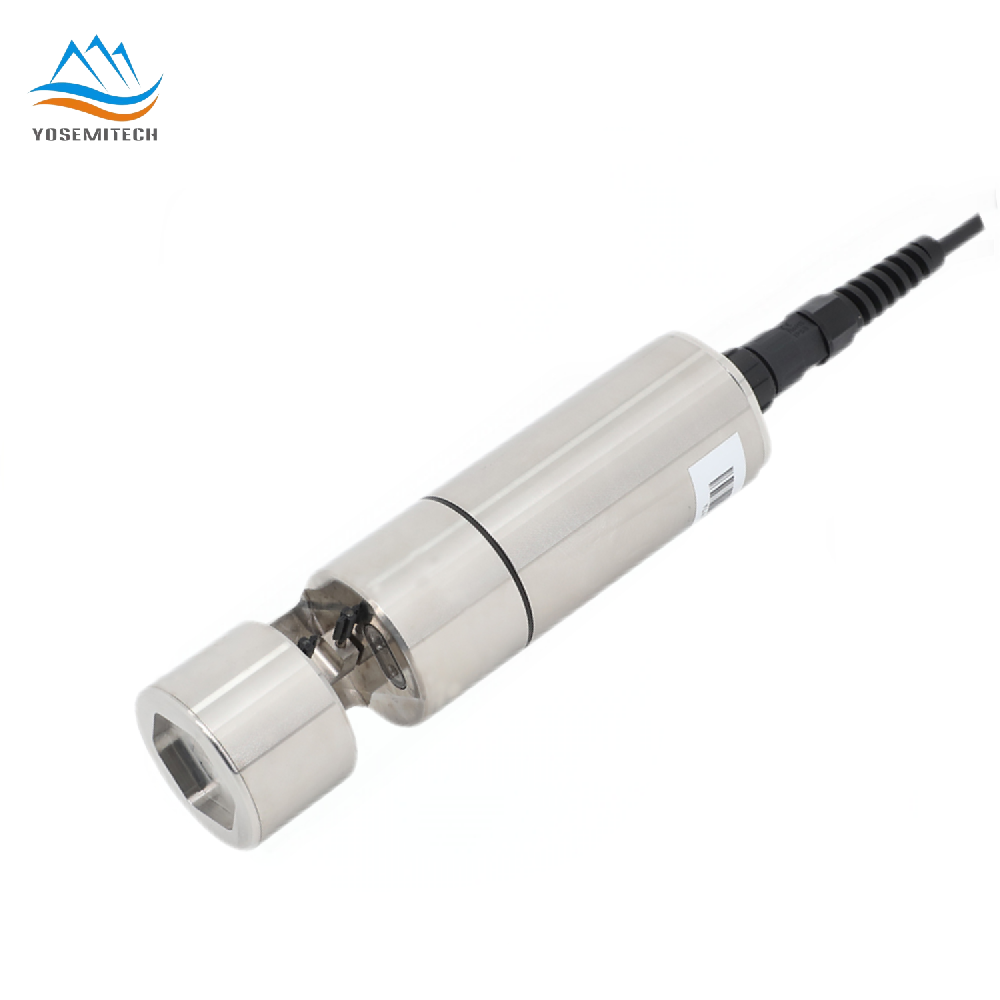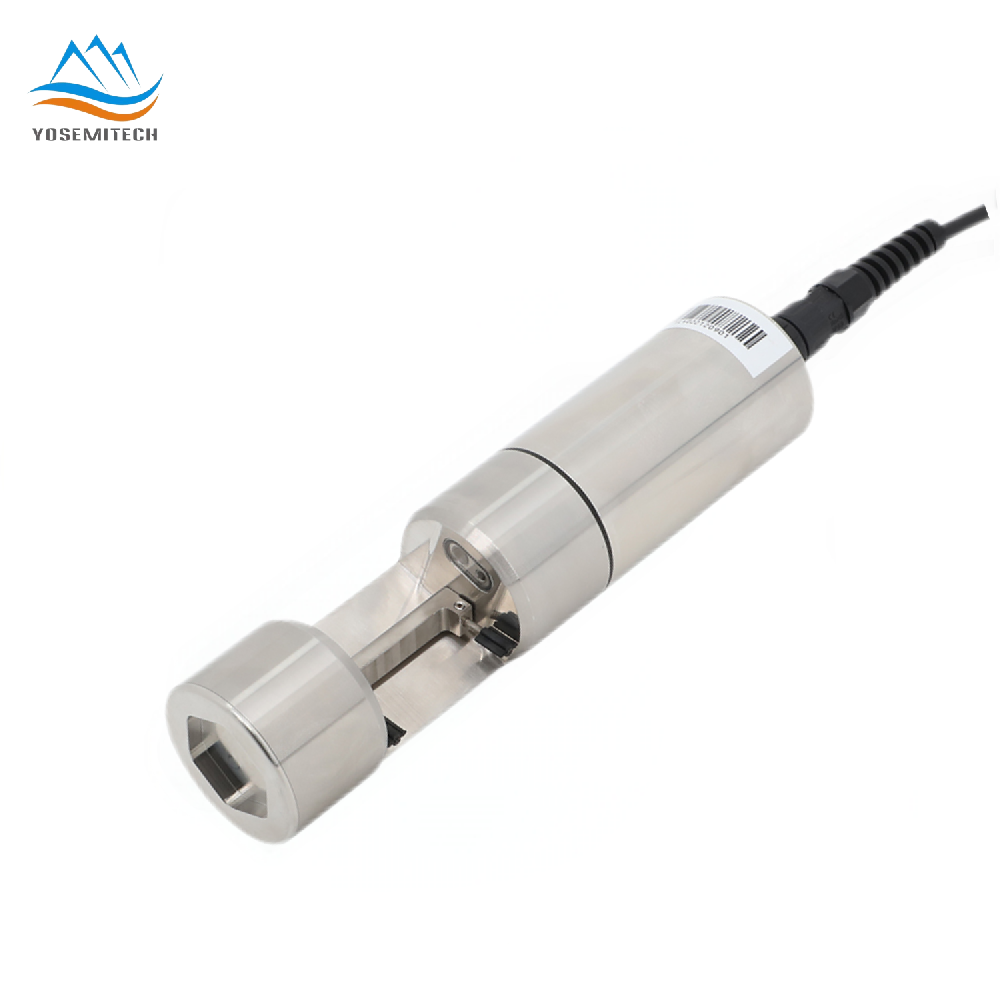Industry news
Understanding Conductivity Sensors: What They Are and How They Work
Writer: admin Time:2024-08-14 13:57:28 Browse:1975℃
In the fields of water environment monitoring, agriculture, and sewage treatment, it is crucial to understand the water quality. In these water quality monitoring, conductivity sensors are one of the commonly used tools. So, what exactly is a Conductivity Sensor for Water? How does it work? This article will comprehensively introduce the definition of conductivity, the working principle of conductivity sensors, its importance, and its application scenarios.
What is Conductivity?
Conductivity is a measure of the ability of a substance to conduct electricity and is the reciprocal of resistivity. In liquids, conductivity is often used as a measure of conductivity. Water conductivity is an important parameter for evaluating water quality and can reflect the content of electrolytes in water. Different concentrations of electrolytes will result in different conductivity of the solution, so conductivity can effectively reflect the degree of electrolytes contained in water.
What is a Conductivity Sensor?
A Conductivity Sensor, commonly known as a Water Conductivity Sensor, is an instrument used to measure the conductivity of a liquid. The instrument indicates the conductivity of water and directly reflects changes in ion concentration in water. It is widely used in surface water monitoring, municipal sewage treatment, industrial wastewater discharge, water quality testing, industrial process control, and aquaculture to effectively monitor water quality.
How Does a Conductivity Sensor Work?
The Conductivity Probe is a device used to measure the conductivity of a liquid. There are two common types: 2-electrode and 4-electrode.
A 2-electrode Conductivity Sensor consists of two electrodes and is usually used to measure low-resistance liquids. Its working principle is to generate a current between the electrodes by applying a voltage, and calculate the conductivity according to Ohm's law. However, due to the contact resistance between the electrodes and the influence of the electrolytic reaction, 2-electrode sensors will have errors in high-conductivity liquids.
In contrast, a 4-electrode Conductivity Sensor eliminates the influence of contact resistance by adding two additional electrodes. Its design scheme is that two electrodes are used to apply voltage and the other two electrodes are used to measure current. This configuration improves the accuracy and stability of the measurement, and is particularly suitable for monitoring high-concentration solutions or frequently changing processes. It is a more common choice in industrial applications.
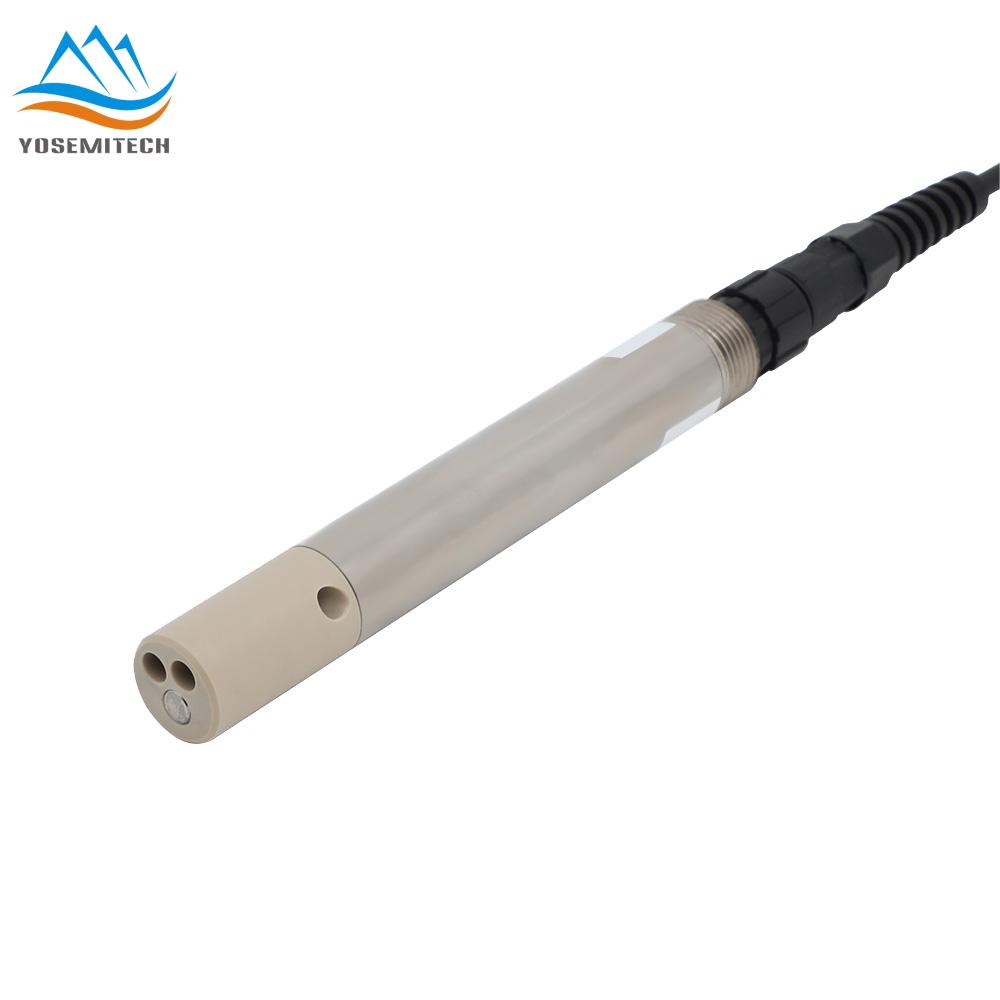
https://e.yosemitech.com/CT/Y521-A.html
The Importance of Electrical Conductivity Sensors
Conductivity sensors are of great significance in various industrial and scientific research fields. First, they can effectively measure the concentration of ions in liquids, thereby helping to monitor the chemical properties of water quality or other solutions, ensuring environmental protection and human health.
Second, in industries such as chemical, pharmaceutical and food processing, conductivity sensors are widely used in production process control to ensure product quality and production efficiency.
In addition, conductivity sensors also play an important role in the field of water treatment, and can monitor the sewage treatment process and the safety of drinking water in real time. With the continuous development of intelligent technology, conductivity sensors can also be combined with other sensors to form a comprehensive monitoring system to improve the accuracy and reliability of data.
Application of Conductivity Sensor
1. Water Quality Monitoring:conductivity sensors play an important role in assessing water quality. They are used to monitor the conductivity of natural water bodies (such as rivers and lakes) and treated water in municipal systems. High conductivity levels can indicate pollution or the presence of dissolved salts and minerals, making these sensors indispensable in environmental monitoring and protection.
2. Aquaculture: maintaining optimal water quality is critical to the health of fish and other aquatic life. Conductive sensors help operators monitor salinity levels, ensuring that water quality remains within a range suitable for different species. This helps improve growth rates and reduce the risk of disease outbreaks.
3. Pharmaceutical Industry: conductivity probes are used in the production and testing of pharmaceutical products. They help ensure that the water used for formulation meets strict purity standards, as any impurities can affect the effectiveness and safety of the drug. Continuous monitoring during the production process can also ensure that regulatory standards are met.
4. Wastewater Treatment: Conductivity sensors are critical in wastewater treatment facilities, where they monitor the ion content of water at different stages of treatment. By tracking changes in conductivity, operators can evaluate the effectiveness of treatment and identify potential problems, such as malfunctioning filtration systems or the presence of harmful contaminants.
5. Hydroponics and Agriculture: plants are grown in nutrient-rich water, and conductive sensors are used to monitor nutrient levels in the solution. Maintaining the correct ion concentration ensures optimal plant growth and yield. In traditional agriculture, these sensors can help assess soil salinity, which is critical to ensuring crop health and productivity.
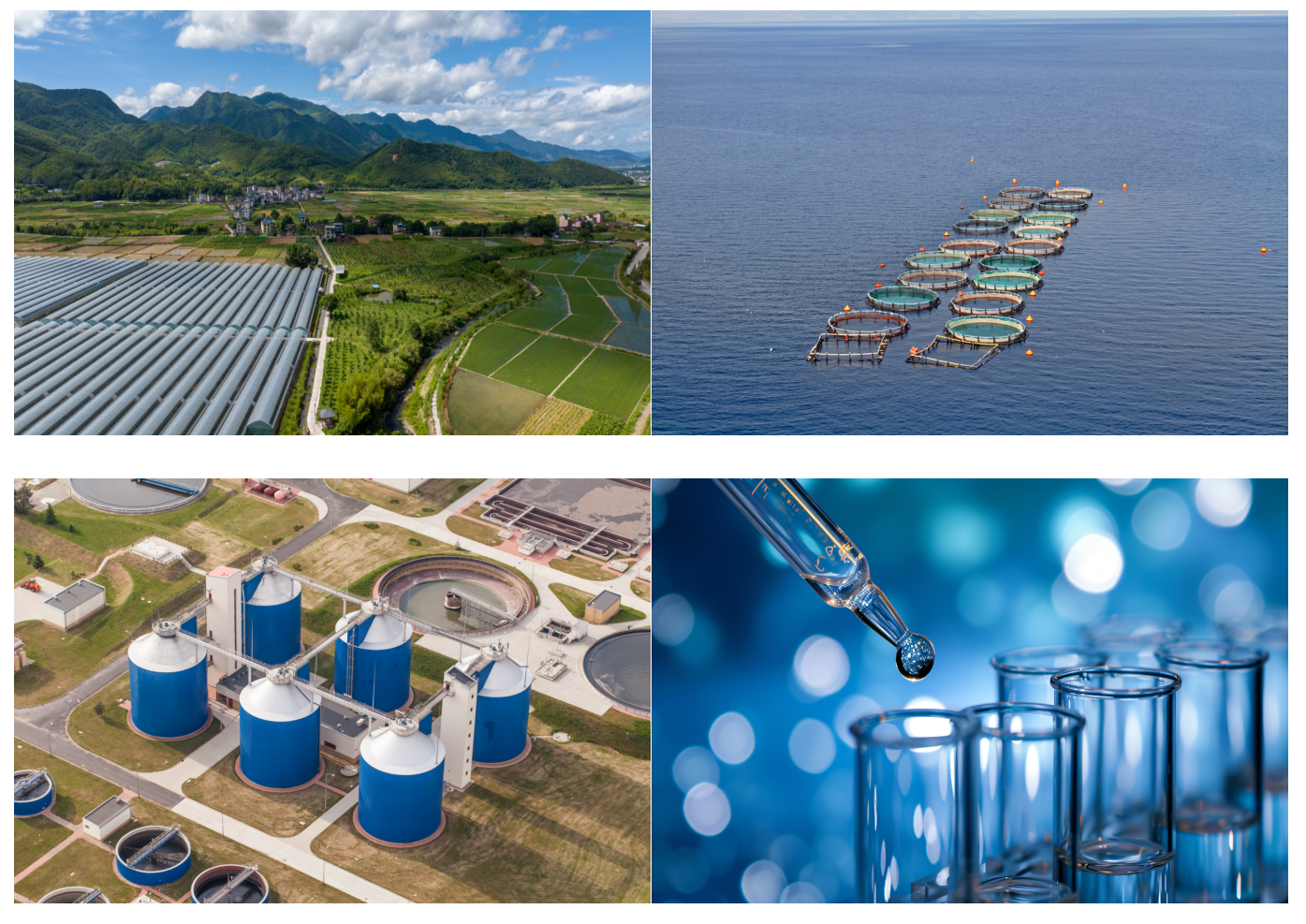
Conclusion
A conductivity sensor is an essential instrument for assessing water quality, and it operates through the principle of measuring electrical conductivity in liquids. Whether you are using a water conductivity sensor, an electrical conductivity meter, or a water conductivity probe, these tools contribute significantly to the understanding and management of our precious water resources. Monitoring conductivity is not just about data collection; it's about ensuring the health of ecosystems and promoting sustainable practices in water usage.
CATEGORIES
CONTACT US
Yosemitech Technologies Co., Ltd
 +86 19984844080
+86 19984844080
 sales@yosemitech.com
sales@yosemitech.com
 Bldg,25,CECEP Industrial Park, No. 18 Dongchang Rd. Suzhou Industrial Park, Jiangsu Province,China 215126, China
Bldg,25,CECEP Industrial Park, No. 18 Dongchang Rd. Suzhou Industrial Park, Jiangsu Province,China 215126, China
